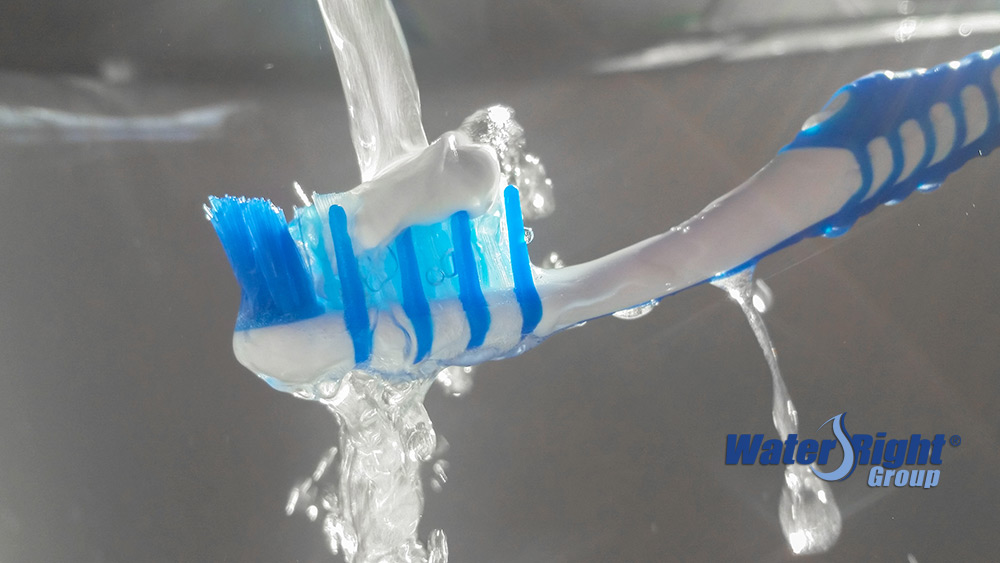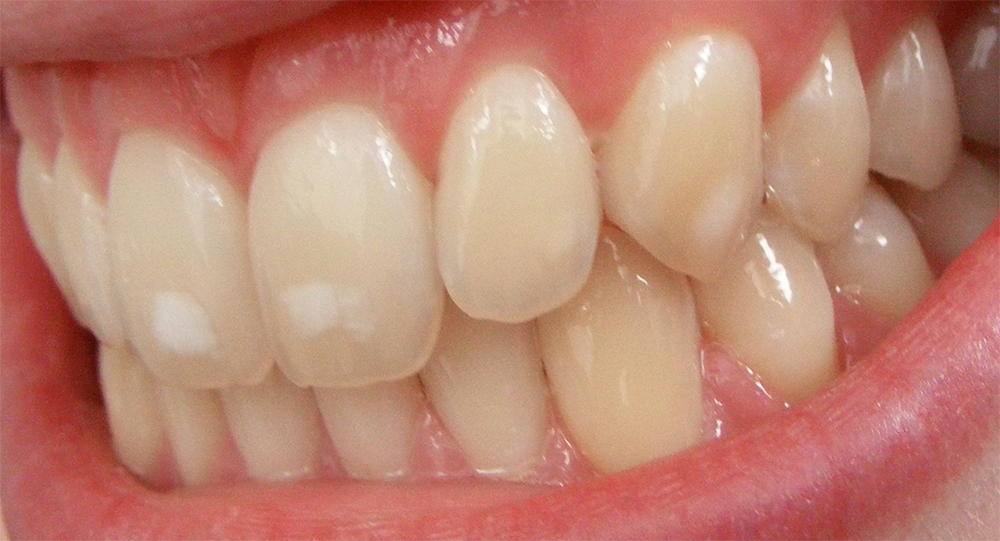
Fluoride in Your Drinking Water – Good or Bad?
We all want to prevent cavities and have healthy teeth, and fluoride is a proven way to keep tooth enamel strong. But, can too much of it be a problem?
Fluoride is a mineral found naturally in our bones and teeth. While it’s no longer considered an essential nutrient, evidence supports its benefits to good dental health. That’s why you’ll find it in many toothpastes and why your dentist may recommend fluoride treatments. Fluoride can also be found in drinking water.
You’ve likely heard differing opinions on whether adding fluoride to the water supply is a good idea. Let’s look at the facts surrounding fluoride and water.
How Does Fluoride End Up in Water?
Municipal Water: The controlled addition of fluoride into the public water supply is known as water fluoridation. It is done for the specific purpose of preventing and reducing tooth decay (dental caries) among the population. Fluoridation does not impact the taste, smell, or appearance of water.
The American Dental Association (ADA) stands by the benefits of water fluoridation, comparing it to the way milk is often fortified with vitamin D, or calcium is added to orange juice.
Municipalities will add one of the following compounds to the water supply.
- Sodium fluoride (NaF) – The first compound ever used for fluoridation. Found in about 28% of the public water supply.
- Fluorosilicic acid (H2SiF6) – The most commonly used compound. Found in about 63% of the public water supply.
- Sodium Fluorosilicate (Na2SiF6) – Lightweight compound that’s easy to ship. Found in about 9% of public water supply.
These compounds are chosen for their safety and solubility, or how easily they dissolve in water.
U.S. government agencies provide non-enforceable recommendations for fluoride levels in municipal water. In recent years, the Department of Health and Human Services (HHS), the Environmental Protection Agency (EPA), and the Food and Drug Administration (FDA) lowered recommendations for fluoride levels to a maximum of 0.7 mg/L for both tap and bottled water. Contact your local water authority for more information on what’s being added to the public water supply where you live.
Well Water: Fluoride is a naturally-occurring form of the element fluorine, which shows up in groundwater at different levels throughout North America. Fluoride can occur above or below recommended levels, depending on the region.

Regions where fluoride in groundwater is above recommended levels.
A large portion of the western U.S., and certain areas of the Great Lakes region are known to have groundwater fluoride levels above 1.5 mg/L, exceeding government recommendations.
The Centers for Disease Control (CDC) say it is important for homeowners with private wells to be aware of fluoride content. You should have your water well tested for common contaminants on an annual basis. Fluoride testing is especially important for households with infants and preschool-age children.
Dental Fluorosis and Other Concerns
There are recommended levels for fluoride content because consuming too much of the mineral can be toxic. That’s why fluoridated toothpaste contains a warning about ingesting the product. If a child were to consume an entire tube of toothpaste, that could be a concern.
The most common issue associated with water fluoridation is dental fluorosis. This is a change in the appearance of tooth enamel due to excessive consumption of fluoride. It usually looks like small white marks on the teeth. Severe fluorosis may cause brown spots or pitting on the teeth. Dental fluorosis is an aesthetic issue, and typically does not impact tooth function or cause discomfort.
Dental fluorosis occurs when a child consumes too much fluoride while the adult teeth are still developing. The Campaign for Dental Health (CDH) recommends supervising young children when they brush their teeth to make sure they don’t swallow toothpaste or use too much of it.
However, it’s more difficult to calculate and control how much fluoride a child consumes from drinking water. And, there are some who question the benefits of water fluoridation and worry about negative effects fluoride toxicity could have on the brain.
Many European nations do not add fluoride to the water supply. An article from the Harvard School of Public Health notes that dental decay has decreased in countries both with and without water fluoridation. This may be because fluoride is already being added to oral health products like toothpaste and mouthwash.
Some experts, such as Philippe Grandjean, adjunct professor at the Harvard T.H. Chan School of Public Health, question whether water fluoridation is necessary.
“We should recognize that fluoride has beneficial effects on dental development and protection against cavities. But do we need to add it to drinking water so it gets into the bloodstream and potentially into the brain?”
Residential Water Treatment Solutions
In most cases, water fluoridation and the levels in groundwater should not be a major concern. Yet, there are families who would prefer not to have fluoride in their home’s water at all.
The best way to reduce fluoride levels present in a home’s tap water is to have a reverse osmosis drinking water system installed. Reverse osmosis (R.O.) removes fluoride ions and filters out many other things in water as well. That includes, lead, arsenic, and certain microorganisms. Find out how R.O. systems work here on our blog. An R.O. system provides a more permanent and less expensive drinking water option over purchasing bottled water. Many bottled water brands also add fluoride within the recommended range. See a list here.
Whether you get your water from a well where fluoride levels may be too high, or you have personal opinions about water fluoridation, the water treatment experts from the Water-Right Group are ready to provide the right solution.
The advantage of residential water filtration systems is how they allow you to take water quality into your own hands and decide what is best for your family.
All Water-Right® dealers are equipped to help you with your needs.
Click the links above to visit the websites of our trusted brands. You can use the ‘Find a Dealer’ tool to locate a professional near you and have an expert come to your home to evaluate your situation.
For those who have serious concerns about water quality or potential contamination, you can have your water tested at our Clean Water Testing center to get the answers and peace of mind you need.


